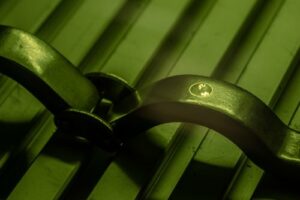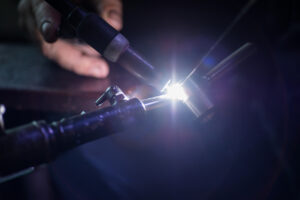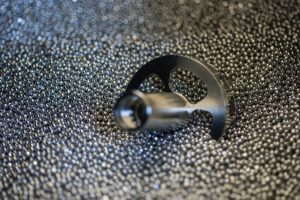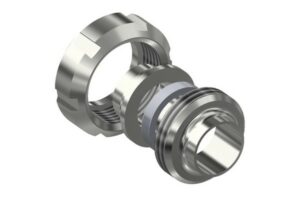Ceramic coating
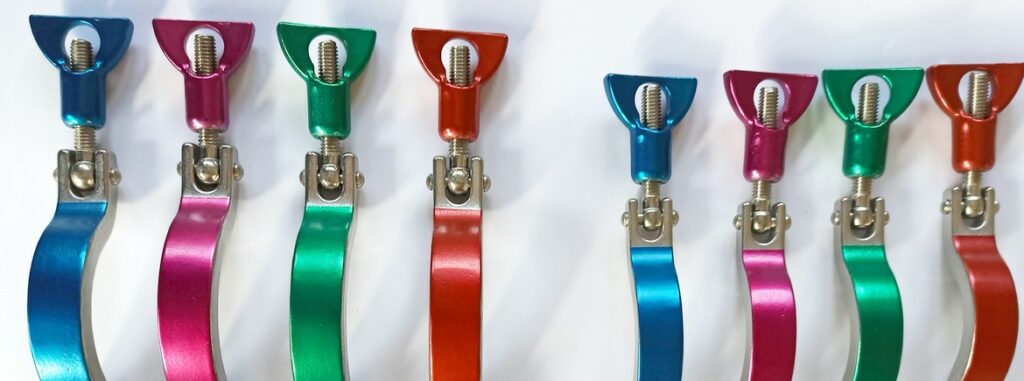
The application of a ceramic coating reinforces the resistance of stainless steel fittings and facilitates their identification for maintenance operations. Applied in a thin layer (a few microns), the coating does not alter the part and keeps all the polishing qualities of the surface. The technology can be applied to any type of stainless steel part.
- many colors available
- easier cleaning
- better identification of the parts
- improvement of the resistance
We offer this service on Clamp collars and on many types of parts: contact our team for a custom quote.
